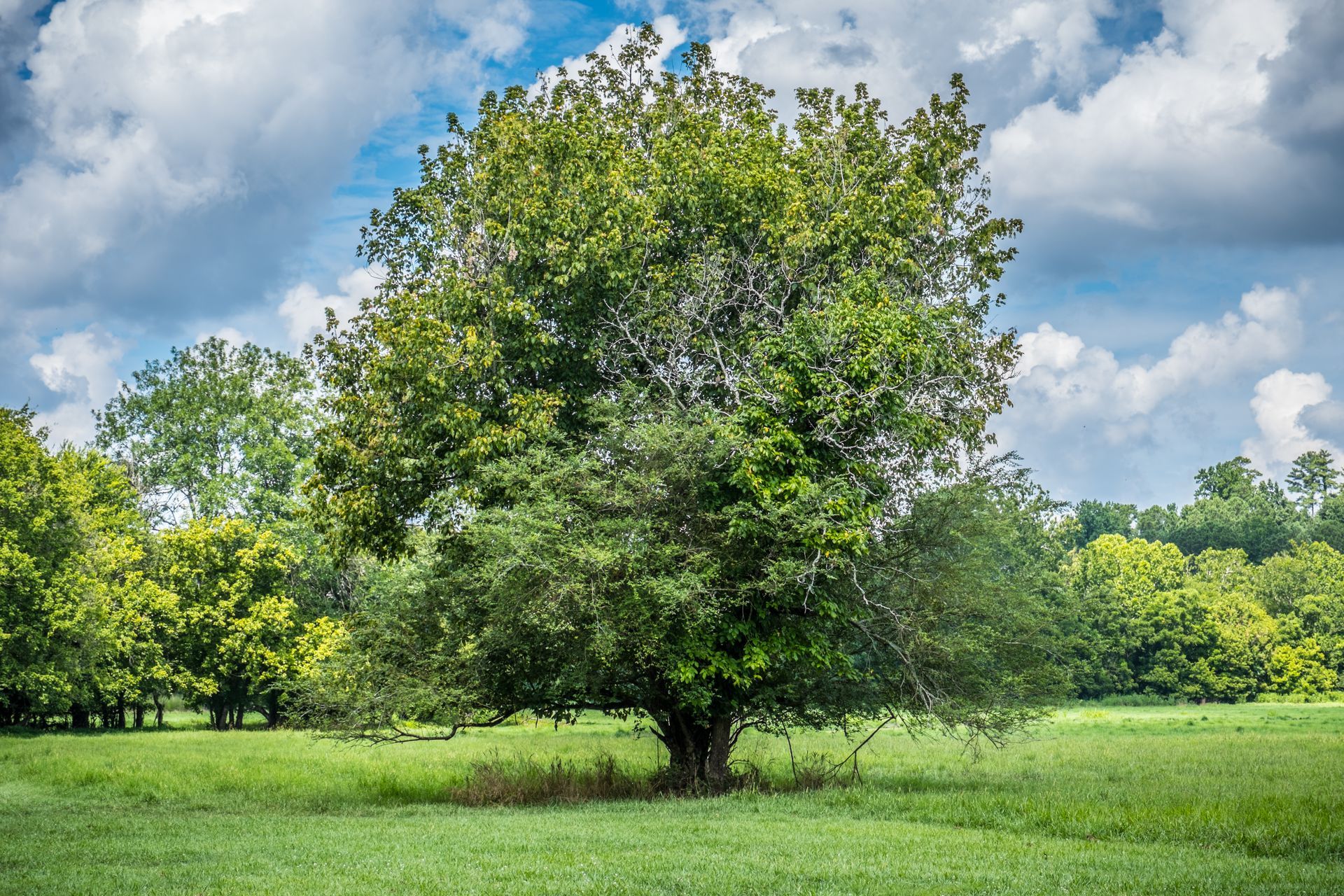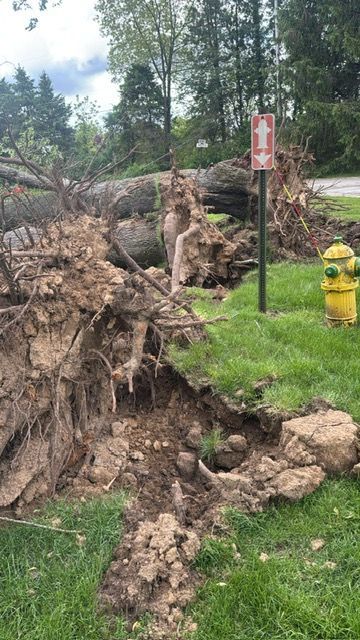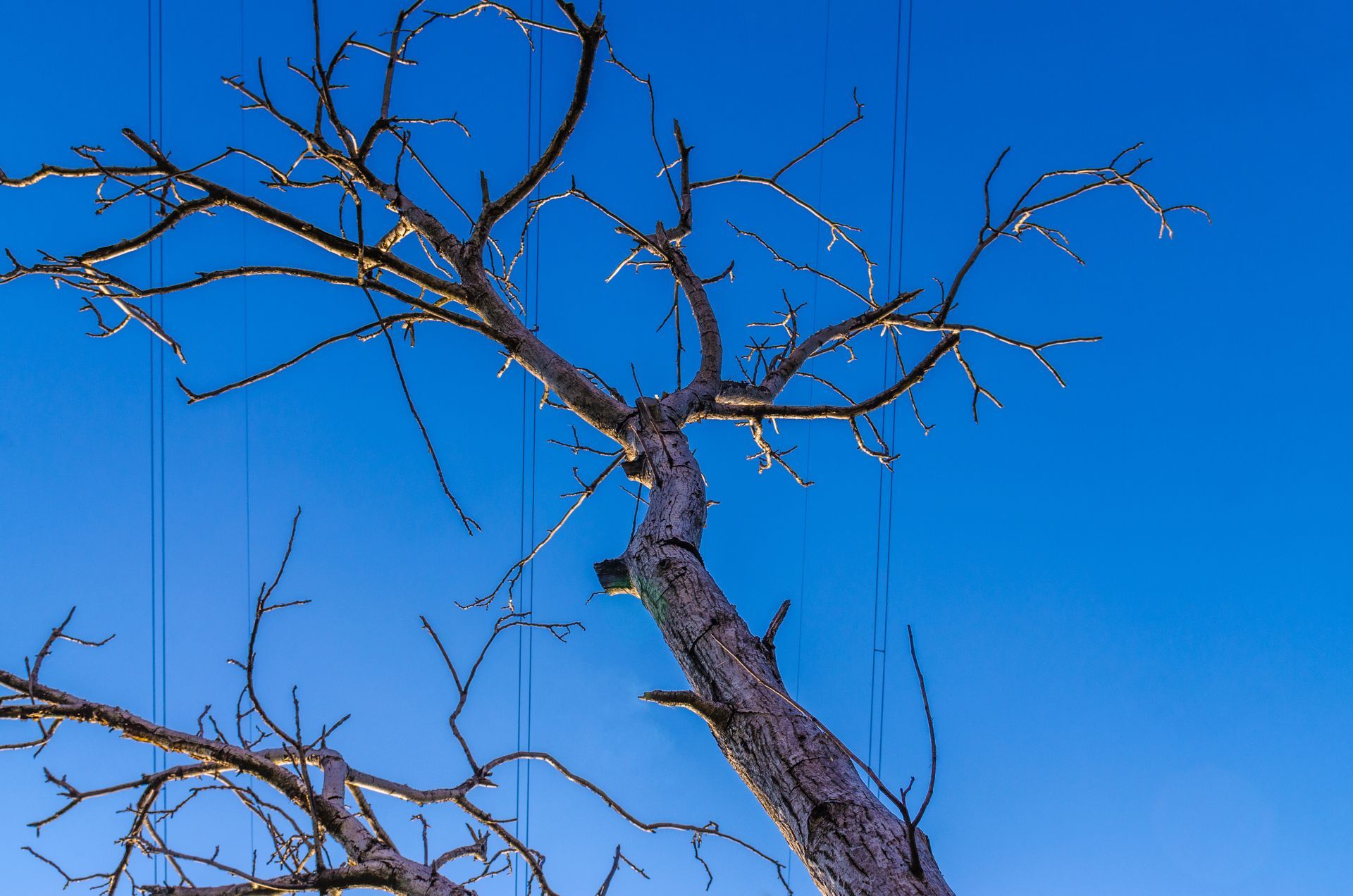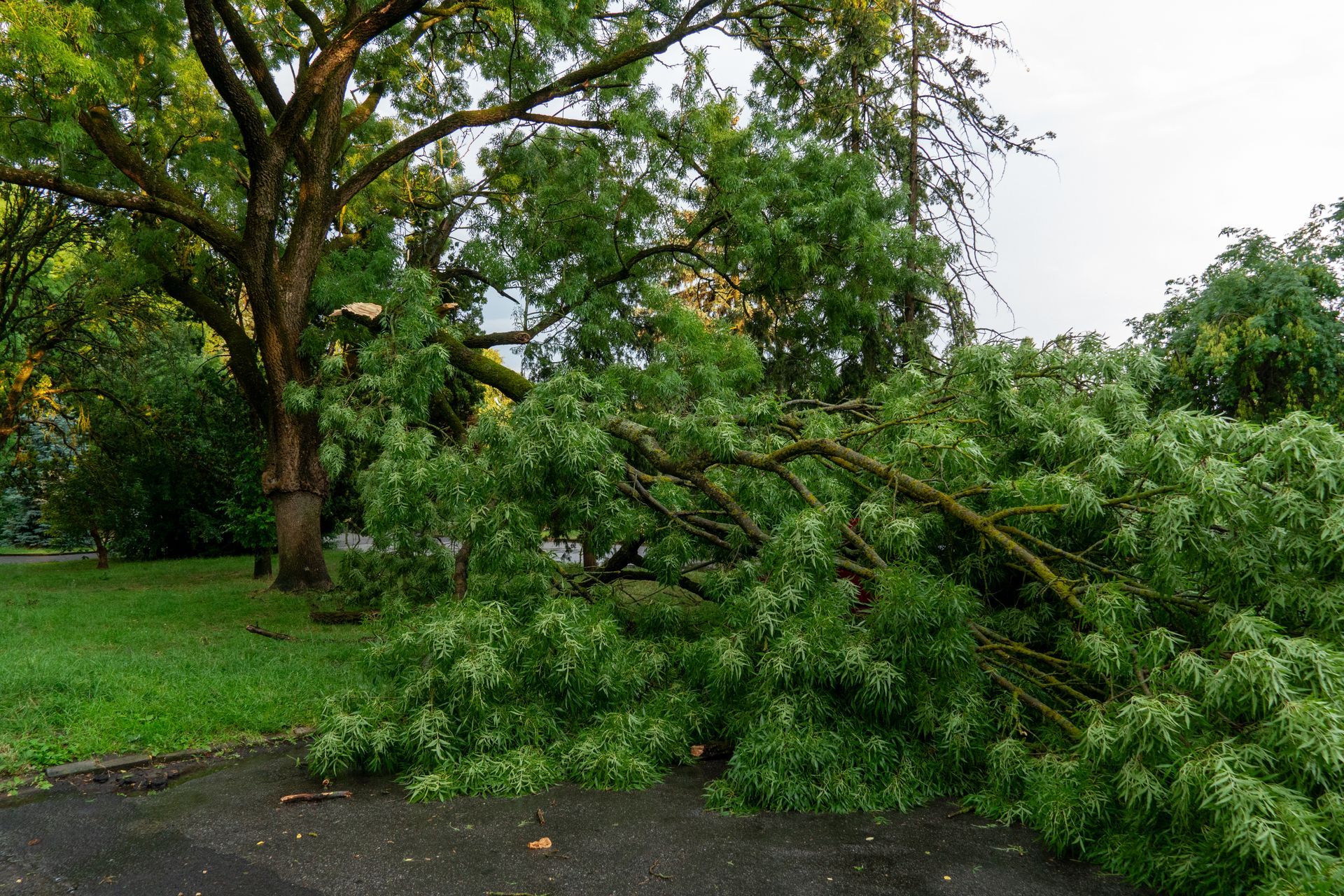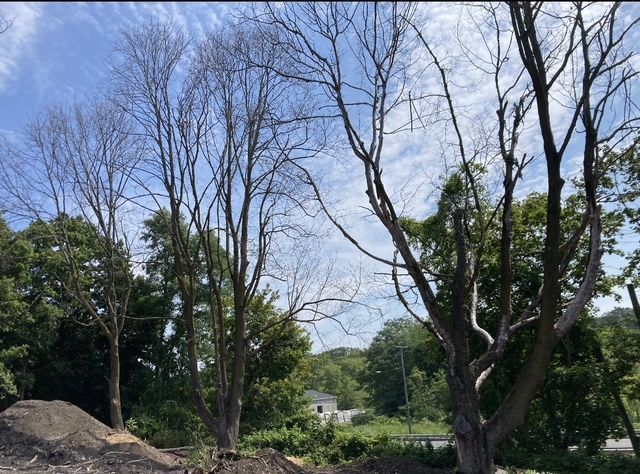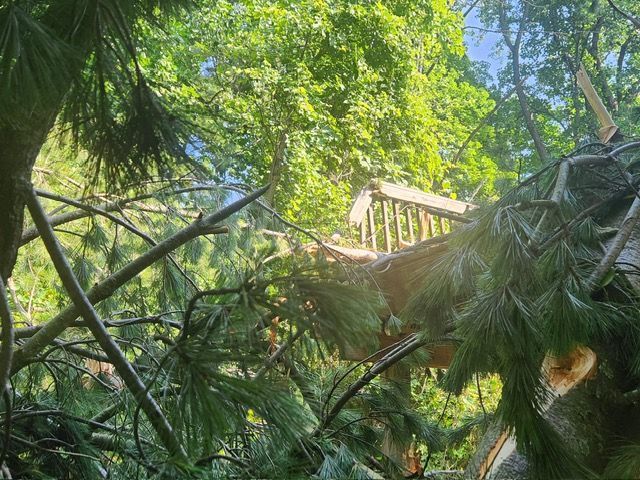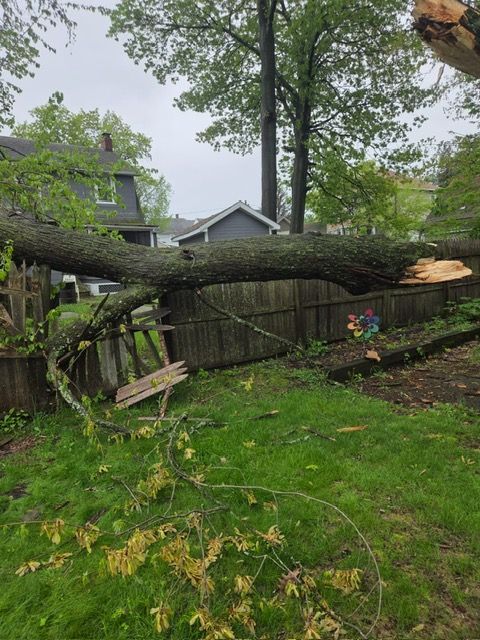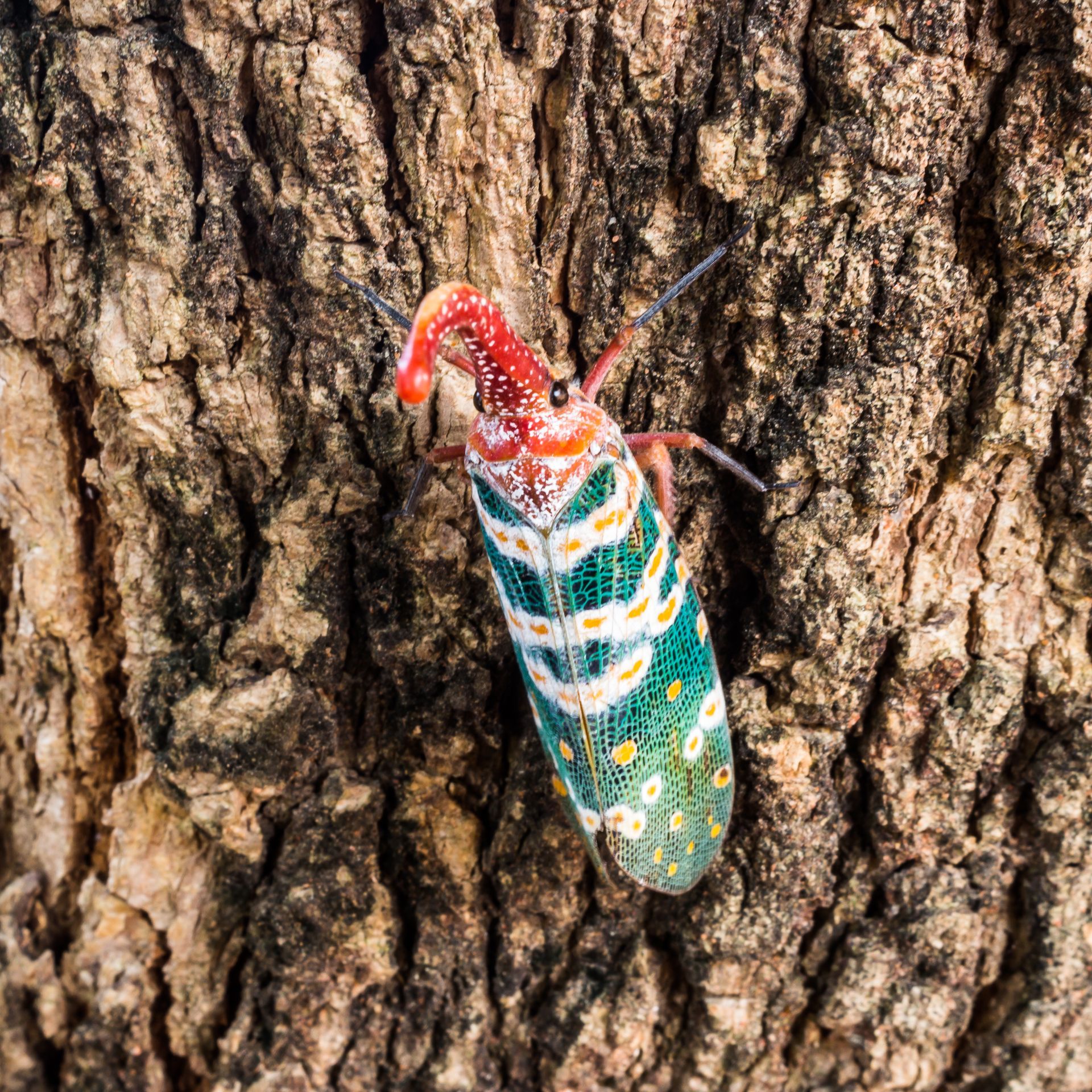Why Do Trees Need to Be Trimmed?
The Importance of Regular Tree Trimming: Benefits and Best Practices
Tree trimming, also known as pruning, is an essential aspect of tree care that is often overlooked but plays a crucial role in maintaining the health, appearance, and safety of trees. Understanding why trees need to be trimmed and the benefits of regular trimming can help homeowners and property owners make informed decisions about tree care. This article explores the importance of tree trimming, its benefits, and best practices for effective tree care.
Why Tree Trimming is Important
Tree trimming is crucial for several reasons. Firstly, it promotes the health of trees by removing dead or diseased branches, allowing the tree to allocate resources to healthy growth. Trimming also improves air circulation and sunlight penetration, which are vital for tree health. Additionally, trimming helps prevent potential hazards, such as falling branches, which can pose a safety risk to people and property.
Benefits of Tree Trimming
Health: Regular trimming promotes tree health by removing dead or diseased branches and improving air circulation and sunlight penetration.
Safety: Trimming eliminates potential hazards, such as falling branches, reducing the risk of property damage or personal injury.
Appearance: Trimming improves the overall appearance of trees, enhancing their natural beauty and symmetry.
Growth: Trimming stimulates new growth and improves the overall structure of the tree.
Fruit Production: Trimming fruit trees can increase fruit production and improve fruit quality.
Property Damage Prevention: Trimming reduces the risk of damage to roofs, gutters, and other structures.
Pest Control: Trimming can help prevent pest infestations by removing branches that may be harboring insects.
Disease Prevention: Trimming can help prevent the spread of disease by removing infected branches.
Best Practices for Tree Trimming
Timing: Trim trees during their dormant season to minimize stress and promote rapid healing.
Technique: Use sharp, clean tools and make cuts at the correct angle to promote healing.
Safety: Wear protective gear and consider hiring a professional arborist for large or complex trimming jobs.
Consideration: Consider the tree's natural shape and growth patterns when trimming to avoid over-pruning.
Tree trimming is a vital aspect of tree care that offers numerous benefits. By promoting tree health, enhancing safety, improving appearance, stimulating growth, increasing fruit production, preventing property damage, controlling pests, and preventing disease, trimming plays a crucial role in maintaining the health and beauty of trees. Regular trimming by a professional arborist can help ensure that trees remain healthy, safe, and attractive for years to come.
